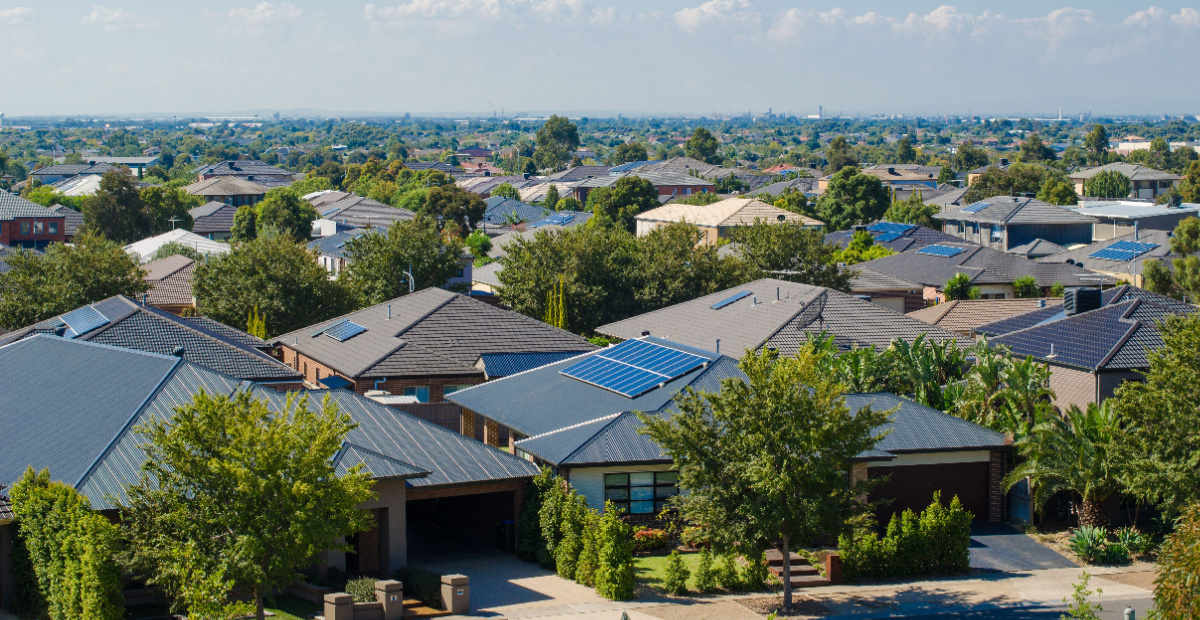More ‘rich’ rent, while affordable housing dries up for the rest: AHURI study

More higher-income households have moved into the rental market, while a shortage of nearly 350,000 dwellings has left many lower-income Australians struggling to put an affordable roof over their heads, according to new data from housing researcher, AHURI.
The figures from The Australian Housing and Urban Research Institute’s (AHURI’s) latest private rental supply research paper have revealed that nearly a quarter (24%) of top income households – representing those with incomes in excess of $140,000 per year – are now renting.
This is up from just eight per cent of high-income renters in 1996.
This top-end surge into Australia’s rental market has put greater strain on middle- and particularly lower-income tenants, where vacancy rates have plummeted.
The researchers noted that higher-income households have sought increasingly to avoid paying excessive rents, enabling them to save or redirect wealth building through other channels, ultimately putting downward pressure on middle-income and lower-income renters, with many of the bottom 20% being pushed out of the market entirely.
The research, which covers both shorter-term (2016–21) and longer-term (1996–2021) housing trends, showed a shortage of 348,000 affordable and available private rental homes for households in the lowest 20 per cent of income bracket (those earning $39,000 or less per year) in 2021.
This compares to a shortage of 211,000 dwellings 15 years ago.
As a result, more than four out of five (82 per cent) very low-income renting households were found to be in housing affordability stress in 2021. This, the study authors highlighted, was at a time when Covid-19 conditions were “temporarily relieving pressure on the rental market”. With widely reported rental and housing shortages, the situation for lower-income households today is likely more strained.
This means that, of the total 425,000 renting households in the lowest income quintile, just 77,000 were able to find an affordable home.
Research author Margaret Reynolds, hailing from Swinburne University’s Centre for Urban Transitions, noted that the 2021 Census highlighted a long-term change in the national distribution of renting household incomes.
“[Not] all the lowest price rentals are available to be rented by households on the lowest incomes – many of these dwellings are occupied by households on higher incomes, making the shortage of lower-priced homes even more acute,” Reynolds said.
She added that the difficult housing situation “has not improved for lower-income renters since the Census was taken”.
“In 2022 rents began to increase substantially, leading to what many have termed a ‘rent crisis,’ as migration and mobility returned to pre-Covid levels placing additional demand pressure on the private rental market.’
In 2001, low-rent dwellings made up half of the stock in 2001. Two decades later, the study found that the proportion of low-rent dwellings comprised only 13 per cent of private rental stock.
Sydney and Melbourne, by far, have the worst levels of rental property availability for the lowest 20% of income earners, with a shortage of more than 71,000 dwellings in each city.
Upwards of 90% of very low-income earners (those in the lowest 20% of incomes) in Sydney, Melbourne and Brisbane were found by the AHURI to be paying unaffordable rents.
AHURI urges policy change
The AHURI noted that current market and policy settings remain, over the long term, “insufficient to tackle the scale of the institutional challenge ahead”.
This includes the increasing ‘financialisation’ of housing as an asset class, with the AHURI calling for a rethink in how property is taxed and incentivised as an asset.
“Policy thinking to effect long-term change in the housing system is required, akin to responding to the challenges of climate change,” the report authors said.
“To achieve long-term and transformative change, it is important to set clear goals for the PRS as part of the broader housing system for the longer term.”
In its sixth edition, the Affordable private rental supply and demand: short-term disruption (2016–2021) and longer-term structural change (1996–2021), was undertaken for AHURI by researchers from Swinburne University of Technology and the University of Tasmania, analyses ABS Census data.












Digital advice is just a sales tool to sell product. Much the same as the unqualified 'qualified' adviser/sales/call centre jockey…
You've nailed the crux of the issue and the biggest slap in the face in all of this. Despite all…
Another example of highly concerning outcomes which come from ill-defined or open to interpretation legislation. I would like to think…
Dear FAAA We're also disappointed...in you.
Uni Super already does right now, they allow internal advisers to charge clients super funds for advice but doesn't allow…